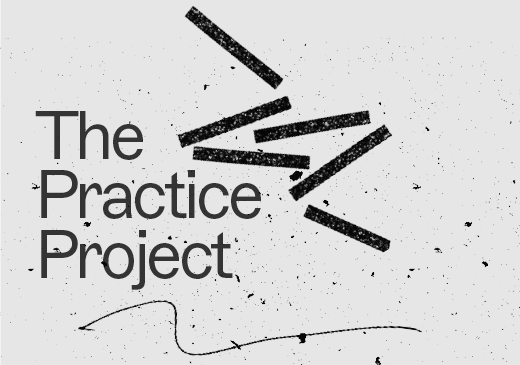Introduction
In this edition of the Practice Project blog, we take a look at vocal health. If you're a professional singer, a choir leader, a singing teacher, or even just a dedicated shower-singer, this post sets out some clear and actionable advice on keeping your voice healthy and avoiding vocal damage.
We’ll be drawing out some of the key details from an article written by Professor Peter LaPine at Michigan State University, in 2008, which explored the relationship between the physical aspects of voice production and good vocal health.
In a nutshell, it’s about treating your voice with care, and being equipped to recognise the early warning signs of poor vocal health - and also any damage your voice may have suffered.
The Larynx
Let’s kick off with a brief anatomy lesson. The main protagonist of our vocal health story is the larynx, a muscular organ that forms the air passage from our throat to our lungs, and is also the location of our vocal folds (more commonly known as ‘vocal cords’).
When our voice is in good condition, these vocal folds open and close cyclically, trapping and releasing air. The speed or rate of this vibrative cycle creates the pitch of your voice - the more rapid the vibration, the higher the perceived pitch, and vice versa. In a female adult, for example, this cycle of vocal fold vibration can be repeated over 200 times every second.
Misusing your voice, by shouting or singing forcefully without a proper warm-up, can cause your larynx to function incorrectly. Excess fluid builds up within the vocal folds, resulting in a slower cycle of vibrations, and therefore a lower pitch than is intended. This imbalance can cause even more strain on the vocal folds, if we then push harder to reach the desired pitch, which can lead to the vocal folds becoming swollen.
Signs of Trouble
There is also, predictably, a direct link between your physical health and your vocal health. So a cold, an allergy, or a condition like asthma, can cause your vocal folds to swell unavoidably. Performance anxiety can also lead to stomach reflux - which inflames the vocal folds - or musculoskeletal tension, which causes the muscles in your larynx to contract, making singing that bit more difficult.
Struggling to hit the right pitch, having a ‘raspy’ voice, or experiencing pain when singing, are all signs of potential vocal damage. If you have these symptoms, it's vital to rest your voice completely and also stay well-hydrated. And if these symptoms persist for more than a few days, you should consult your doctor.
The Role of Hydration
Staying well-hydrated is one of the easiest ways to foster good vocal health. However, as simple as it sounds, many of us often overlook this, which can negatively impact our voice.
Smoking, vaping, and drinking alcohol or caffeinated drinks, can all dry out the larynx and so should ideally be avoided. If you can't steer clear of these habits entirely, then at least try to balance their long-term effects with regular hydration (and vocal rest).
Healthy Habits
In his article, Professor LaPine suggests several key strategies to maintain optimum vocal health, some (or perhaps all) of which can be easily integrated into your practice and performance routine:
- Warm-ups: before any rehearsal or performance, it is vital to warm up your vocal cords, lungs, upper body, and brain. So include some physical movement to get your heart-pumping, some stretching to remove any muscular tension and align your posture, and exercises that not only engage your breathing and lungs, but also require you to think about your singing.
- Vocal Discipline: during classes and rehearsals, encourage only one person to speak at a time - and discourage whispering, which can cause more harm to your voice than shouting.
- Vocal Breaks: regular breaks in your classes or rehearsals lighten the vocal load. Listening to music or soft sight-singing allows your voice to rest but keeps you cognitively engaged. Giving our voices downtime during intense sessions is crucial, but we can do this while also maintaining the learning process.
- Hydration and Rest: after a performance or long rehearsal, a period of vocal rest - of at least an hour - is strongly recommended by Professor LaPine, combined with good hydration. During this time, speak normally but quietly, and avoid straining your voice.
Conclusion
A healthy voice is a happy voice. Understanding what happens inside your larynx, and how to look after it, is vital for maintaining good vocal health.
Professor LaPine believes that vocal health shouldn’t just be a theoretical topic, and that practical steps can be taken to protect our voices. Singing lessons and rehearsals should all involve a good warm-up, regular breaks, vocal discipline, rest and hydration.
And outside of practice and performance, we can also work on solid, long-term habits to maintain good posture, engage our breathing, and use our voices in a relaxed but disciplined way.
